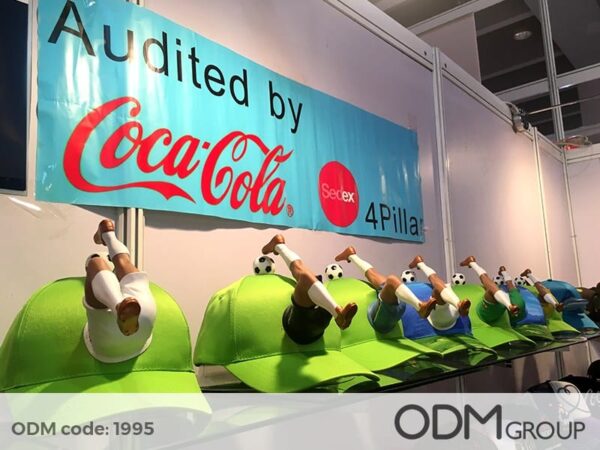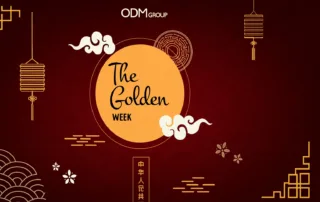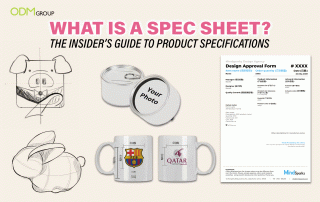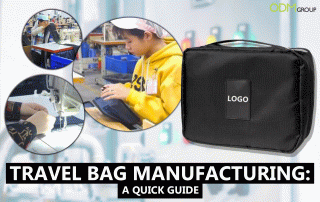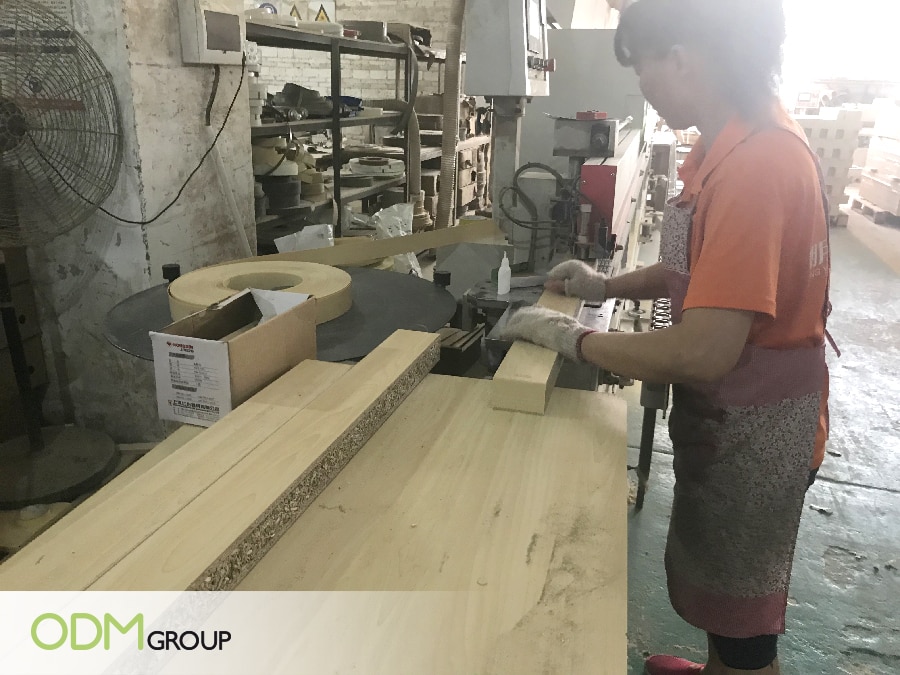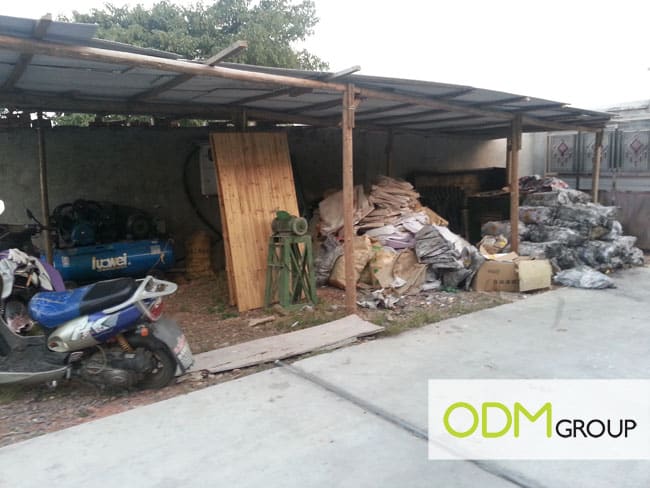China is one of the biggest manufacturing hubs in the world, and finding the right supplier can be overwhelming. Factory audit is the last and most crucial step in sourcing a suitable supplier for your business. Conducting factory audits in China can help ensure that the supplier can deliver the products within a specific time frame.
Sometimes, Chinese manufacturers display a Sedex 4 Pillar mark on their websites, catalogues, and trade show booths. This is meant to show the quality level, compliance with international standards, and reputation of the factory. But what does this sign exactly mean?
Sedex Audit explained
To give you a little background, Sedex stands for Supplier Ethical Data Exchange. It is a not-for-profit organization that aims to help businesses manage ethical issues through an in-depth site audit. Their website provides buyers, sellers, suppliers, and auditors a platform to share ethical data with their customers so that they, too, can see the audit results.
Sedex vs SMETA- What’s the Difference?
SMETA (Sedex Members Ethical Trade Audit) is an ethical trade auditing methodology developed by the Sedex Associate Auditor Group (AAG). According to the Sedex website, it is not a certification process or a new code of conduct, but it is a set of guidelines for ethical audits. The methodology aims to minimize the need to conduct multiple audits and to improve the global supply chain.
Through the Sedex website, customers can check how their suppliers work to meet companies’ ethical and social standards. Audit standards are flexible and are meant to be used in line with local laws and the Ethical Trading Initiative (ETI) code.
Factory Audits in China: The 4-Pillar Audit
There are two types of Sedex audits under the SMETA methodology: the 2-Pillar and 4-Pillar audit. The 2-Pillar audit focuses on
1. Labor Standard
This pillar ensures that factories comply with fair labor practices. Auditors check working hours, wages, contracts, and employee welfare to verify that workers are treated ethically. It also covers issues like child labor, forced labor, discrimination, and freedom of association. Upholding labor standards not only keeps your supply chain compliant but also protects your brand reputation from being linked to unfair labor practices.
2. Health and Safety
Factories must provide a safe and secure working environment. Health and safety audits look at emergency preparedness, fire safety, protective equipment, machinery maintenance, and workplace hygiene. A strong safety culture minimizes accidents, protects workers, and ensures smoother production with fewer disruptions.
3. Environmental Assessment
Beyond checking basic environmental compliance, the extended assessment digs deeper into how factories manage waste, emissions, energy, and natural resources. Auditors review sustainability initiatives, water treatment systems, recycling practices, and pollution controls.
This is increasingly important as global brands demand sustainable manufacturing to align with ESG commitments and consumer expectations.
4. Business Ethics
This pillar evaluates a factory’s integrity and transparency in its operations. It checks for bribery, corruption, falsified records, and intellectual property misuse. Strong business ethics ensure fair dealings between suppliers and buyers, reduce risks of fraud, and build long-term trust in the supply chain.
———
When sites undergo Sedex 4-Pillar auditing, businesses can identify areas of production that need improvement. Not all members are required to undergo such comprehensive auditing, though. Hence, it is essential to determine when this type of audit is required.
Passing the 4-Pillar factory audits in China can be rather difficult for some companies. Some of them fail to meet social and labor standards such as minimum wage, working and resting hours, overtime, working conditions, benefits, etc. These are happening because factories are trying to keep costs down. Companies with Sedex audit would have a higher product cost, as keeping better working conditions for workers would cost them more.
Benefits of Factory Audits in China
We are familiar with stories of unfair treatment of factory workers, irresponsible dumping of industrial wastes, and illegal business practices. As business owners, you want to make sure that your supplier complies with international labor laws and manufacturing standards. Here are the benefits of conducting factory audits in China.
- Protection of Factory Workers: It’s important to ensure that the workplace is safe and hazard-free and that workers receive proper compensation and benefits. Factory audits help identify issues and improve labor standards.
- Protection of the Environment: The addition of environmental assessment allows auditors to check whether factories comply with existing local laws.
- Improved Business Image: For suppliers, it’s an opportunity to prove that they treat workers fairly and that they are not compromising their safety and well-being. In addition, comprehensive audits allow them to improve their performance.
What Information Do General Audits Include?
Before an audit, you will need to prepare a factory profile, which includes the following information:
- Date of foundation
- Legal status
- Location
- Area
- Number of office staff
- Number of workers
- Factory Manager
- Main Products
- Main Market
- Annual Turnover
- Business License
- Safety Certificate
- Communications Infrastructure/Contact Numbers
The ODM Group conducts regular factory visits just to make sure we comply with the set rules and regulations. Here are some glimpses of our visits…
From their humble beginnings as mere foot coverings to the fashionable statement pieces they’ve become, socks are a testament to the intersection of comfort, style, and craftsmanship. Let’s walk you through how socks are created in our sock factory in Guangdong, China.
Our team at ODM upholds our commitment to being a reliable procurement partner to businesses and proudly working with esteemed manufacturers. Today, let us walk you through how a plastic mould manufacturer in Vietnam produces excellent products in its factory.
Take a look at our recent factory visit to Vietnam and have a closer look at what happens inside the manufactory that produces a wide variety of promotional merchandise from ground coffee beans.
We Can Help…
Factory audits in China go beyond compliance checklists — they safeguard labor standards, protect worker safety, reduce environmental impact, and ensure ethical business practices. Together, these four pillars give companies confidence in their supply chain and protect brand reputation on a global scale.
At ODM, we not only help clients manage sourcing and audits but also ensure the quality of the promotional products we provide. From compliance to final delivery, our team is dedicated to making your supply chain transparent, reliable, and aligned with international standards.
Want to develop products that resonate with your brand and last? Contact us today and we’ll help you turn your ideas to life!
Related articles:
To get a clearer idea about factory audits, the processes involved, as well as tips to prepare for a successful factory audit, we made this blog for you!
This blog tackles everything you need to know about auditing factories in China. Read on to understand how auditing works in Asia’s largest manufacturing hub.
Sourcing the right suppliers can be a really daunting task. This blog shares tips on finding the right supplier in China.
Frequently Asked Questions on Factory Audits in China
What does SEDEX Audit mean?
SEDEX stands for Supplier Ethical Data Exchange. It is a not for profit organization that aims to help businesses manage ethical issues through in-depth site audit. Their website provides buyers, sellers, suppliers, and auditors a platform to share ethical data to their customer so that they, too, can see the audit results.
What is the 4-Pillar Audit?
The 4-Pillar audit is more comprehensive than the 2-Pillar audit. It covers the elements in 2-Pillar audit plus two extra modules: Labor standard, health and safety. Environmental assessment and Business ethics. When sites undergo Sedex 4-Pillar auditing, businesses are able to identify which areas of production need improvement. Not all members are required to undergo such comprehensive auditing though. Hence, it is essential to determine when this type of audit is required.
Why is it difficult to pass the 4-Pillar audit in China?
Passing the 4-Pillar audit in China can be rather difficult for some companies. Some of them fail to meet social and labor standards such as minimum wage, working and resting hours, overtime, working conditions, benefits, etc. These are happening because factories are trying to keep costs down. Companies with Sedex audit would have a higher product cost as keeping better working conditions for workers would cost them more.
What are the benefits of conducting a factory audit in China?
The first benefit is the protection of Factory Workers: It’s important to ensure that the work place is safe and hazard-free and that workers receive proper compensation and benefits. Factory audit help identify issues and improve labor standards.THe second benefit is over the protection of the Environment: The addition of environmental assessment allows auditors to check whether factories comply with existing local laws. Finally, it improves Business Image: For suppliers, it’s an opportunity to prove that they treat workers fairly and that they are not compromising their safety and well-being. In addition, comprehensive audits allow them to improve their performance.
What informations should a general audit include?
It has to include the date of foundation, legal status, location, area, number of office staff, number of worker, factory manager, main products, main market, annual turnover, business license, safety certificate and finally communications infrastructure/contact numbers.

